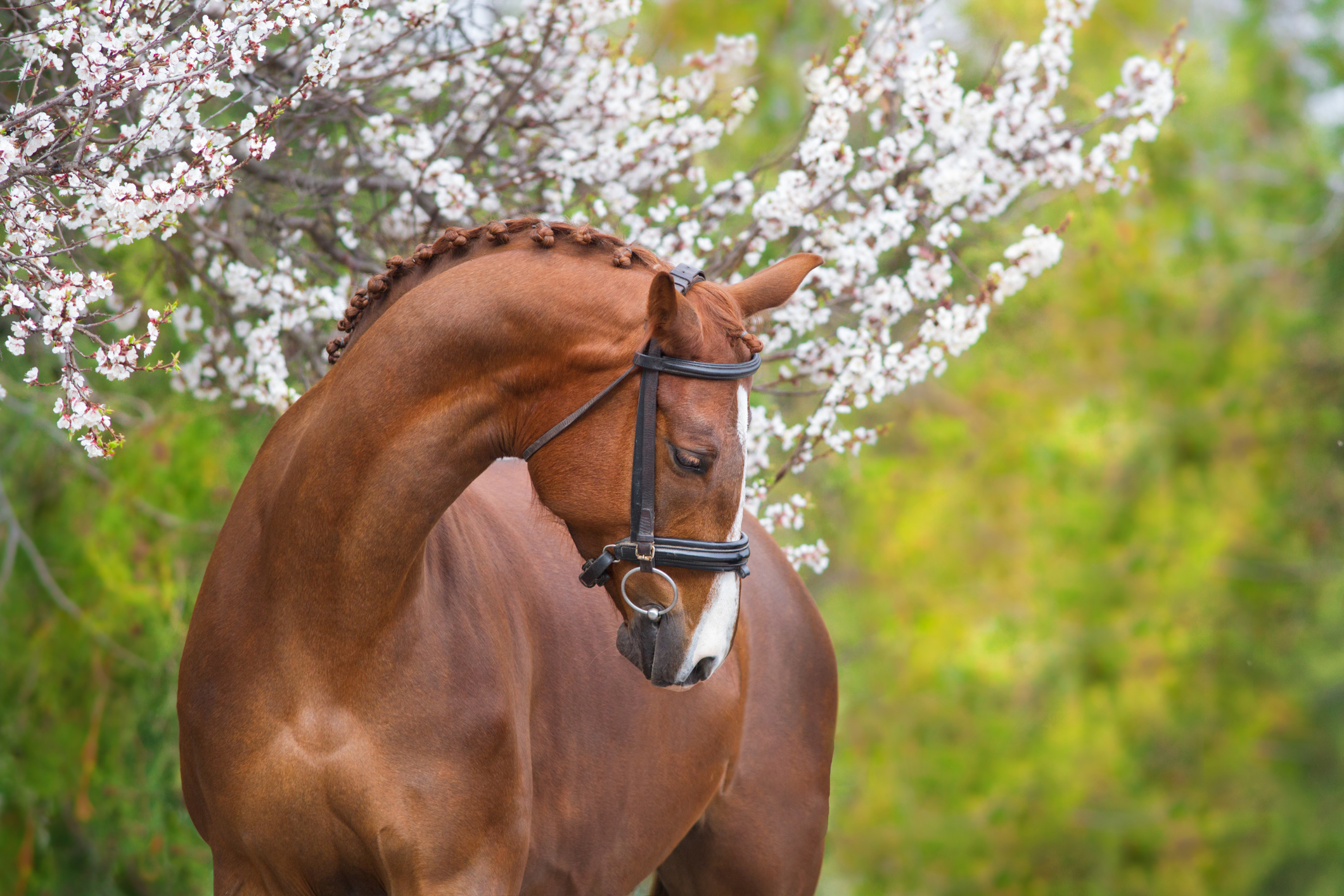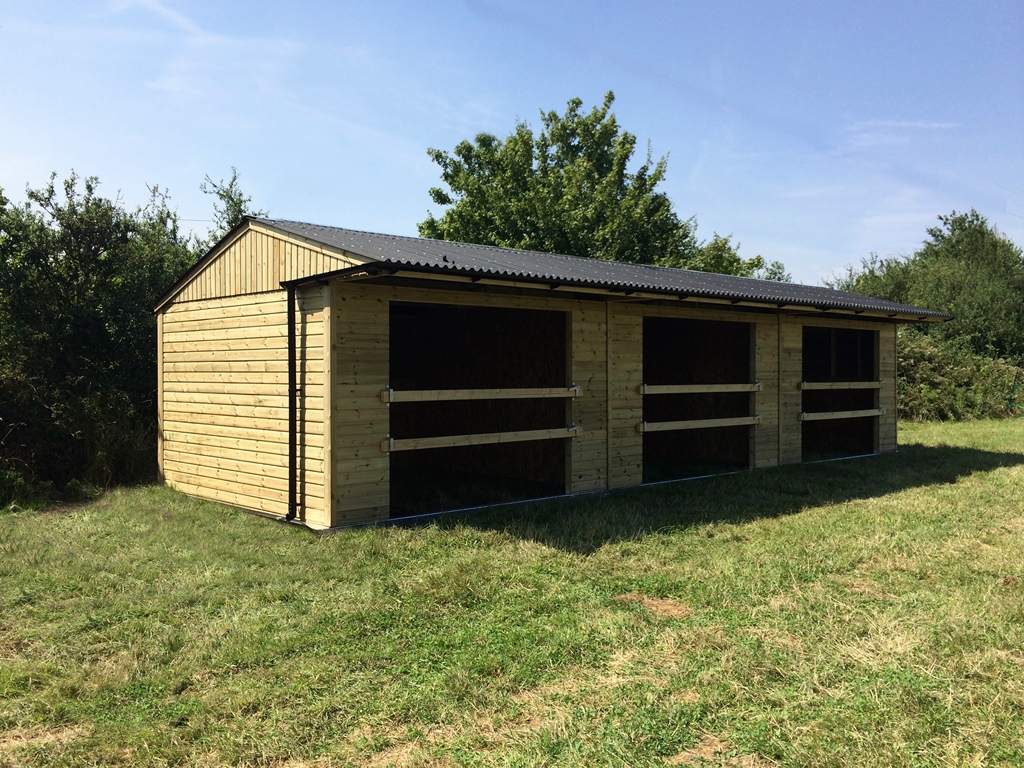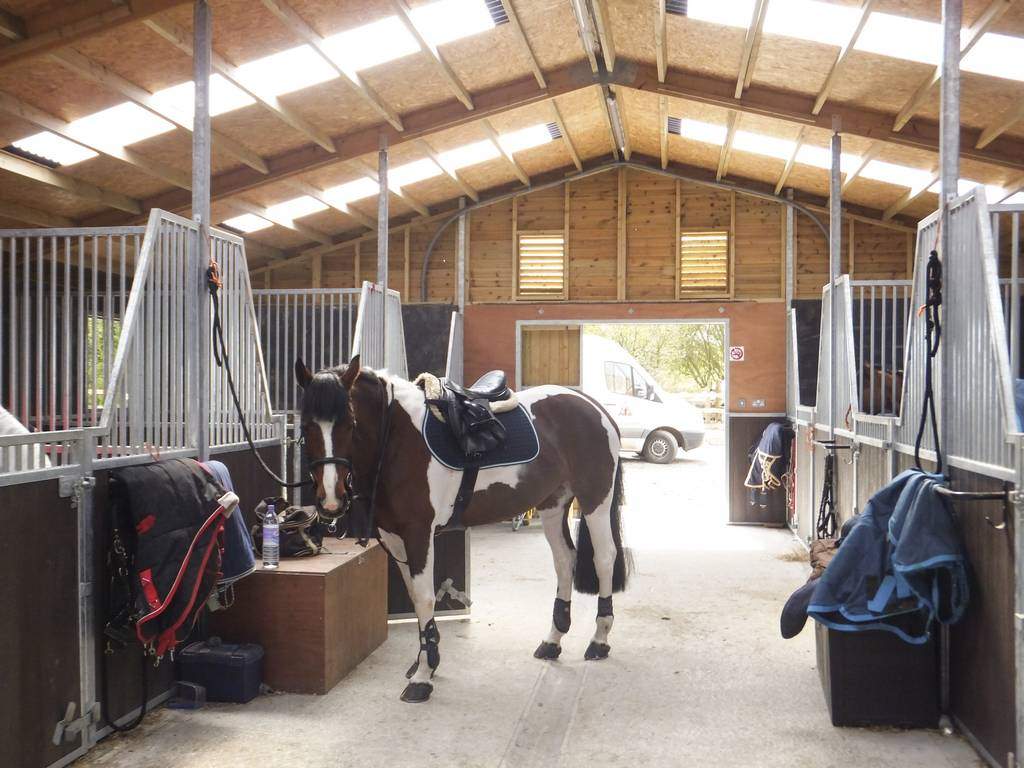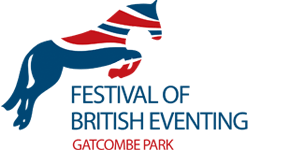However hard it maybe, if you are being a responsible citizen and staying home during this strange time, we applaud you! And if you’re like us, you might be starting to feel a little cooped up, possibly insane, from this quarantine!
But if staying home means it will save lives, then it is something we all have to do. So why not look on the bright side and make the most of the extra time at home that has been thrown in our lap? At Jon William Stables, we thought a fun way to keep ourselves busy would be to learn how to braid the horse plaits we have always said we would learn but never seem to have the time for.
If you’re looking for things to do during quarantine, we challenge you to learn at least 1 of the following horse plaits before this is all over!
Hunter Braid / Flat Braid
Hunter braids, sometimes known as flat braids, are a popular type of braid. 30 or so tight, small plaits along the length of the mane add a sense of elegance to the horse’s neckline. Traditionally, hunters braided their horse’s mane to prevent it from tangling while on a hunt. Today, they are liked for their neat and tidy look.
Running Plait/ French Plait
The running plait is technically a French plait that runs from the top of the mane down to the bottom. Requiring a long mane, this running plait is a popular choice for horses that enter shows that require long manes for some and short for others but is also a quick and easy one to do for your day-to-day when you’re at home.
Continental Braid / Diamond Braid
The continental technically isn’t a braid, but it is a popular choice, so we wanted to include it in the challenge! This will require a long mane, and involves sectioning and banding the mane to resemble netting or macramé.
American Button / Rosette Dressage Plaits
Button Plaits are the most popular braid you see in the dressage ring as they are very durable. Traditionally, between 9-17 were plaited with needle and thread down the length of the neck, always an odd number! Today, they are typically done with rubber bands or yarn and still follow the odd number rule.
So, what are you waiting for? Get plaiting! Don’t forget to share your pictures with us once you’ve got the tricks down!





